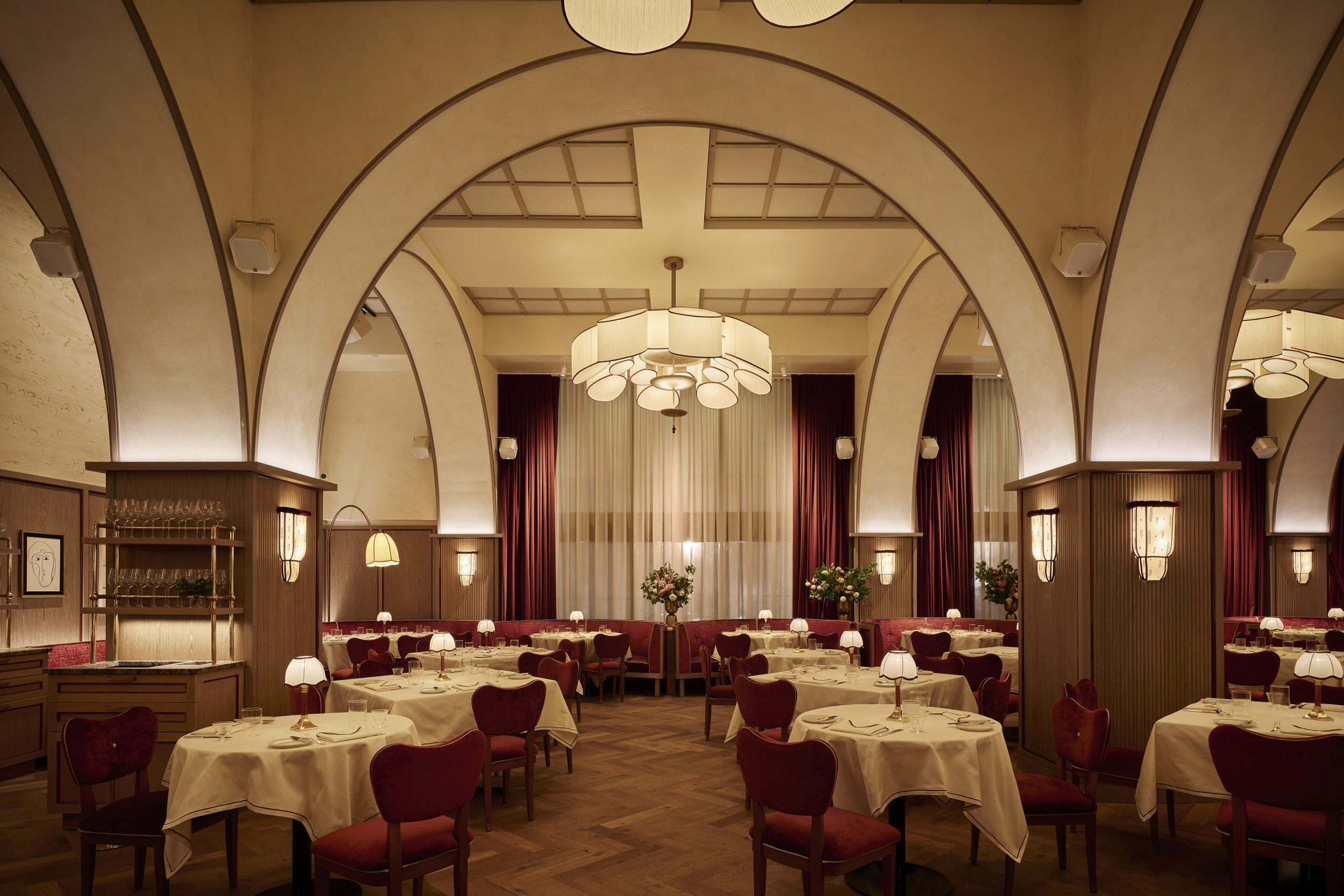ISTANBUL - For centuries, hammams were central to Ottoman society, and while they fell out of use in Turkey with the advent of running water, many are being restored to revive an ancient ritual bathing tradition. Often featured in older Turkish films, hammam scenes are highly entertaining, with women not only bathing but enjoying these historical bathhouses as a place to socialise, eat, drink and even dance. Last year, the 500-year-old Zeyrek Cinili Hammam -- built during the reign of Suleiman the Magnificent by the celebrated Ottoman architect Sinan -- reopened to the public after a painstaking 13-year restoration.
Alongside a functioning hammam, it also houses a museum explaining its history and the Ottoman ritual of bathing. “The restoration somehow turned into an archaeological dig” that gave insight into how the hammam once looked, museum manager Beril Gur Tanyeli told AFP. “Around 3,000 pieces of missing tiles were found which helped solve the puzzle of why this hammam was called Cinili” -- Turkish for “covered with tiles”.
Passing-out parade held for Sindh prison constables The beautiful Iznik tiles that once lined its walls were exclusively produced for the hammam, with no other bathhouse having such a rich interior, museum officials say. Although most were damaged by fires or earthquakes, or sold off to European antique dealers in the 19th century, some are still visible. The restoration also exposed several Byzantine cisterns beneath the hammam.
“Sinan.


















